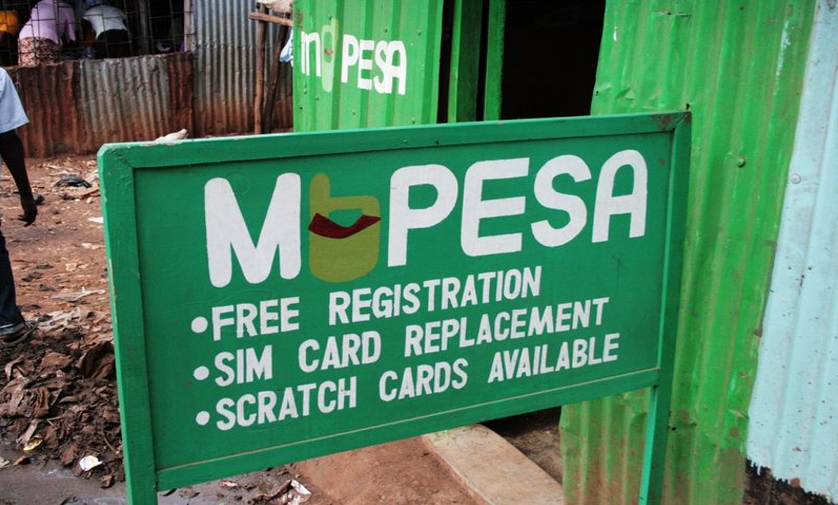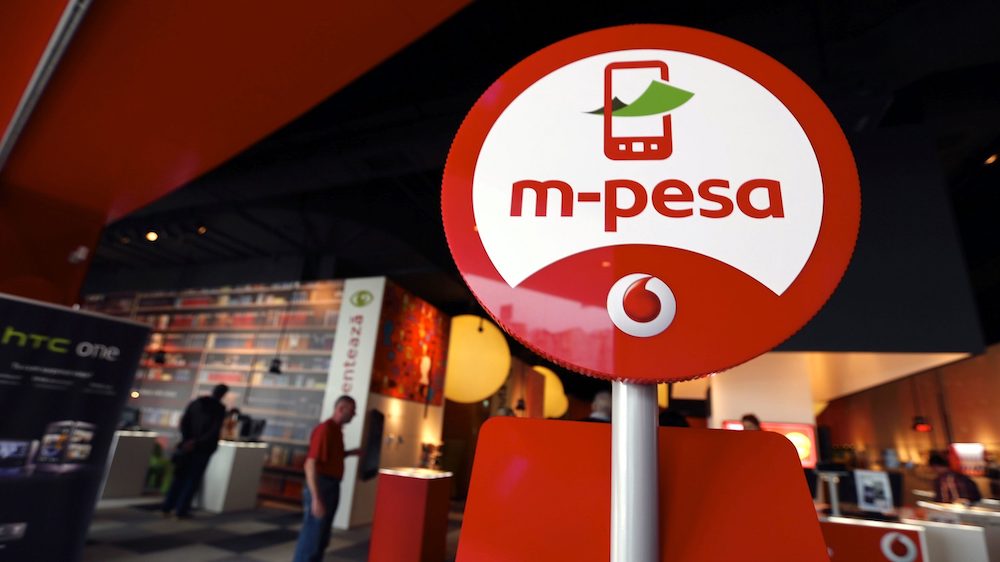
By James Ngige (@Jaykulll), Nairobi
Technology has become part and parcel of culture, well, every culture, but Kenya however, is changing the culture of technology. Kenya has emerged as a technology power hub to reckon with- so much that today no multinational story is complete without the Kenyan angle.
This revolution is as a result of a number of overlapping factors. For one, Kenya’s policy framework is seen as a source of inspiration for growth in the face of real challenges and a driver of the shift. Policies focusing on the development of ICT infrastructure, leveraging of mobile platforms to build applications and creation of local content have become conduits for the ICT growth. The laying of the fiber-optic cable on the eastern seaboard played a crucial role in opening a new era of ICT revolution. The optic cable saw mainstream internet and telecommunication access been subsidized with high-speed internet connections. Today, according to internetworldstarts.com, Kenya has 37,718,650 internet users in a population of 48,466,928 amounting to 77.8% internet penetration. Kenya is now ranked 2nd after Nigeria in internet penetration and 1ST in internet usage in the continent with a 90% smartphone penetration.
Read>>Digital Growth in Africa: The Role of Business Leaders
As Kenya undergoes a major transition in population growth with majority migrating to urban areas, government visionaries and private sector are now struggling with a variety of complex priorities such as security and efficient delivery of government services. As the two are cognizant that technology can be used to provide access to resources that help spur social and economic sustainability and enhance the quality of life for its constituents, the government has invested heavily in high-tech security systems by installing and running surveillance and communication systems linked to police stations to help combat crime.
The system referred to as IC3: Integrated Command, Control, and Communication commissioned in May 2015 in Nairobi, Mombasa, and Kisumu, and has seen security continue to be heightened and incidents acted on timely. The IC3 operations have integrated the Command, Control, and Communication functions through the following service areas: Emergency Call Centre (ECC), Dispatching Centre (DC) and Critical Incident Management Suite (CIMS). ECC handles all incoming and outgoing public trunk calls in wake of emergency while DC dispatches, monitors, and support operational resources efficiently and in a timely manner. In progressing towards greater efficiencies, one of the IC3 aims is to bring together various elements of National Police Service operation to work as a more unified team.
Read>>How Tech Entrepreneurs Can Leverage Millennials in Africa
In service delivery, government technocrats identified that almost 90% of Kenyans own a mobile phone. This led to government launching a new program called the E-government that brought government services close to the people. The E-government is concerned with transforming service delivery and the fundamental relationship between government and citizens.
Two, the mix of the country’s challenges and opportunities taught Kenyan innovators that ICT had a great potential of propelling the country out of poverty and improve the lives of ordinary citizens. As a result, new innovations have come up some even attracting global recognition for the country, and teams of young skilled developers and programmers are at the forefront of the historic transformation. The new innovations have in effect lead to the creation of ICT companies that have in turn absorbed large numbers of well-educated unemployed youth thus contributing to economic growth.
Kenya boasts of world class innovations such as M-Pesa mobile application; a money transfer app that has revolutionized citizen’s financial freedom. M-pesa has changed the way business is done in Kenya. People are using M-pesa to transact nearly any kind of business you can think about from paying their utility bills to paying for merchandise in a corner store. Economic analysts say some of the factors behind M-pesa’s success cannot be copied, but many of them can, which means it should eventually be possible for other countries to follow Kenya’s pioneering example. Several countries, including Uganda, Tanzania, Afghanistan, Britain, and India have jumped on the bandwagon and are using M-pesa.
The post-election violence in 2007 led to unexpected innovations known as the Ushahidi-swahili for testimony that collates eyewitness reports on violence from text messages and uploading them on google maps to create an interactive mapping tool for information gathering and visualization. Ushahidi is now used across the globe and was recently deployed during the recent U.S elections. Kenya has shown other countries that technology is useful to people but in other countries, people are useful to create and maintain technology and this goes to show how much the country will likely assume its place as the cradle of ICT revolution on the continent and probably the world.
Read>>Guest Post: What does it mean for technology to be innately African?
Featured Image: Safaricom’s Mobile Money transfer service M-Pesa has spread its wings globally offering money transfer services to different people. Source: Daily Nation





